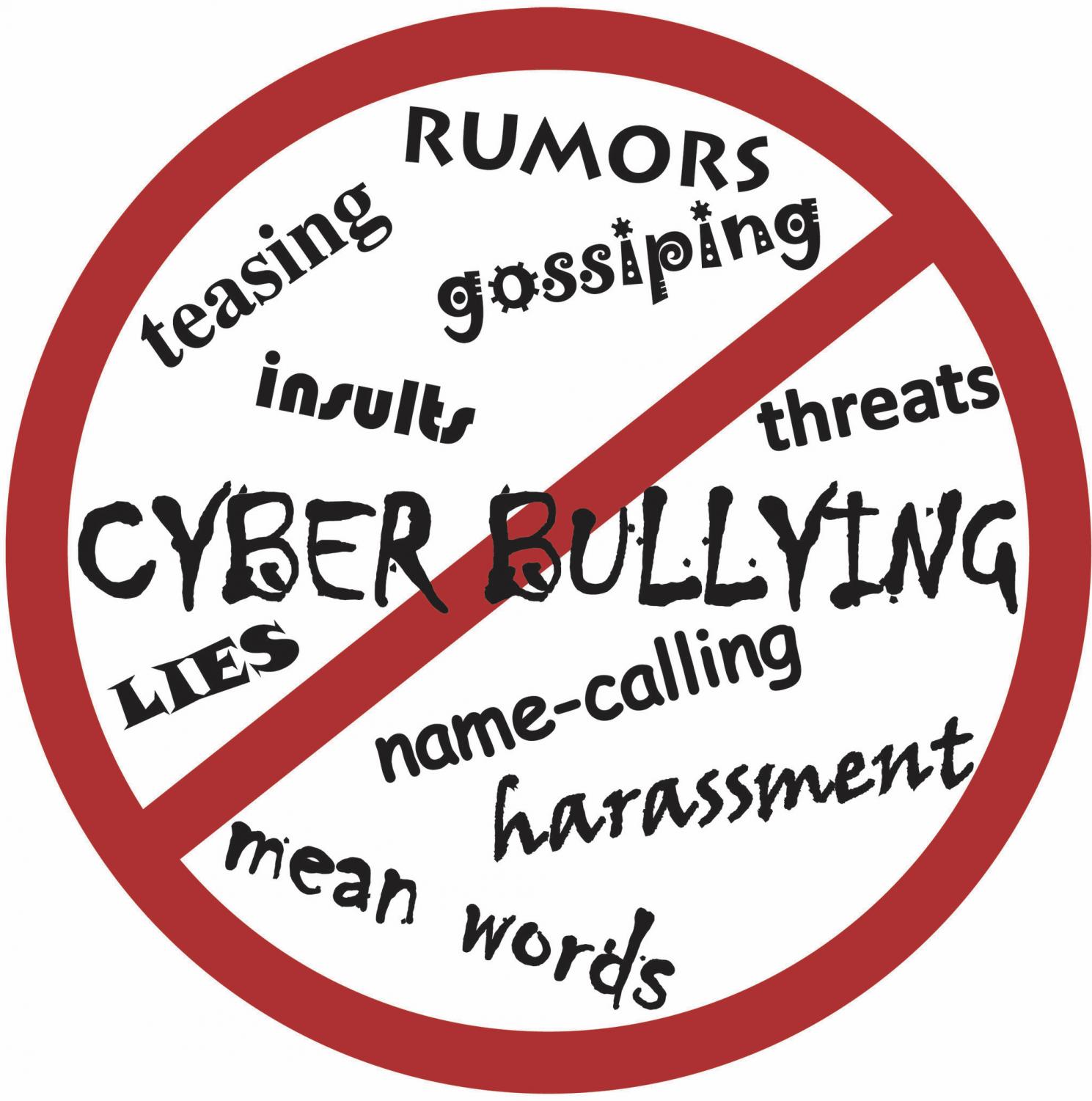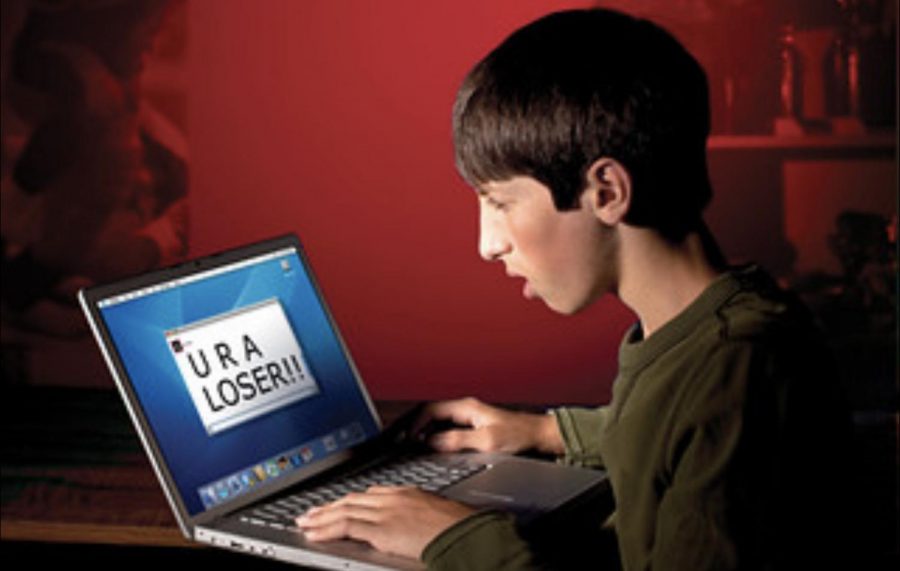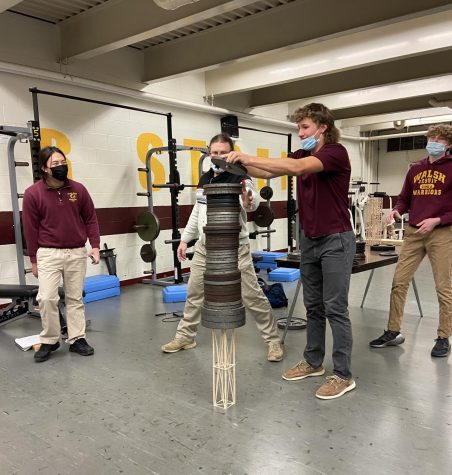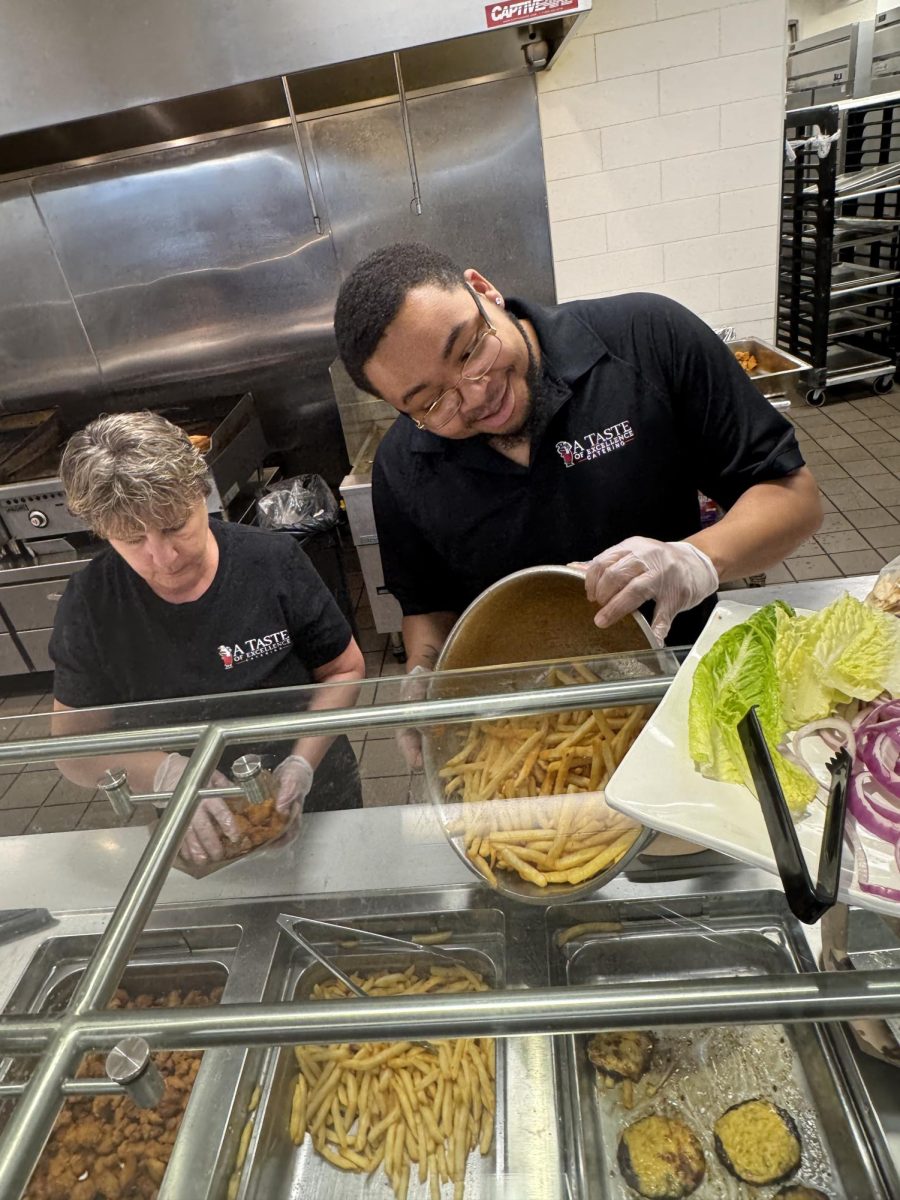Cyberbullying on the rise
March 4, 2020
That cyberbullying has been on the rise for close to ten years should shock no one. People hide behind their screens and manage to bully others with sometimes devastating results despite efforts to address and curtail the activity.
According to PBS News, as social media has become more prominent in society, so has cyberbullying. Since 2017, cyberbullying has increased 3.8% nationwide, especially among teenage girls. Three times more girls than boys are being harassed online and through text messages.
Due to this continuing harmful practice, twice as many teenagers have taken part in self harm or suicide due to the effects of cyberbullying. Teens still do not realize their words leave an everlasting imprint on those around them.
Senior Delaney Davis said, “I think cyberbullying is absolutely horrible. I have seen how it can really hurt people. When I was a freshman, girls made up rumors about me and posted them online which turned out to affect my entire year.”

Cyberbullying has caused severe psychological damage. People have to deal with depression, humiliation, anger, and isolation. Having to undergo this type of pain is not right since the perpetrators demean, criticize, and show no respect for others.
An article in Very Well Health states that this sort of bullying can affect teenagers physically as well as mentally. It can cause teens to binge eat or stop eating entirely. Teens tend to gain or lose weight because it is something they can control while they can not control what others post online about them. Cyberbullying can also cause teens not to sleep at night, which can affect school and relationships.
Earlier and earlier, kids begin to gain more access to phones and social media, causing more problems. Now, children as young as six are exposed to painful harassment that can ruin their lives. Teenagers are using YOLO, a way of messaging on Snapchat that allows people to send and receive messages anonymously. This is a more cowardly yet dangerous way for teenagers to harass each other online since the sender can not be identified or face any consequences.
Meredith Davis, a junior, said, “I have seen people screenshot pictures on Snapchat and send them to others. Some guy threatened to show one of my friend’s [provocative pics] and post them online because they got into a fight.”
Girls need to realize that with one press of a button they are trusting people with their private lives. This sort of information should never be sent or seen on the internet.
According to Ohio Laws, all schools require their boards to adopt anti-bullying policies that prohibit such behavior in schools and on school property. Violations can result in suspension or even expulsion. One way schools enforce this law is by not allowing students to have their phones out during school hours.
Ms. Julie Hudec, dean of students, said, “I try and monitor social media, but unfortunately I can’t monitor Snapchat which is where most of the incidences occur.”
Although social media and technology have transformed the world into an amazingly connected place, it has its downfalls and has caused great pain to young people.












